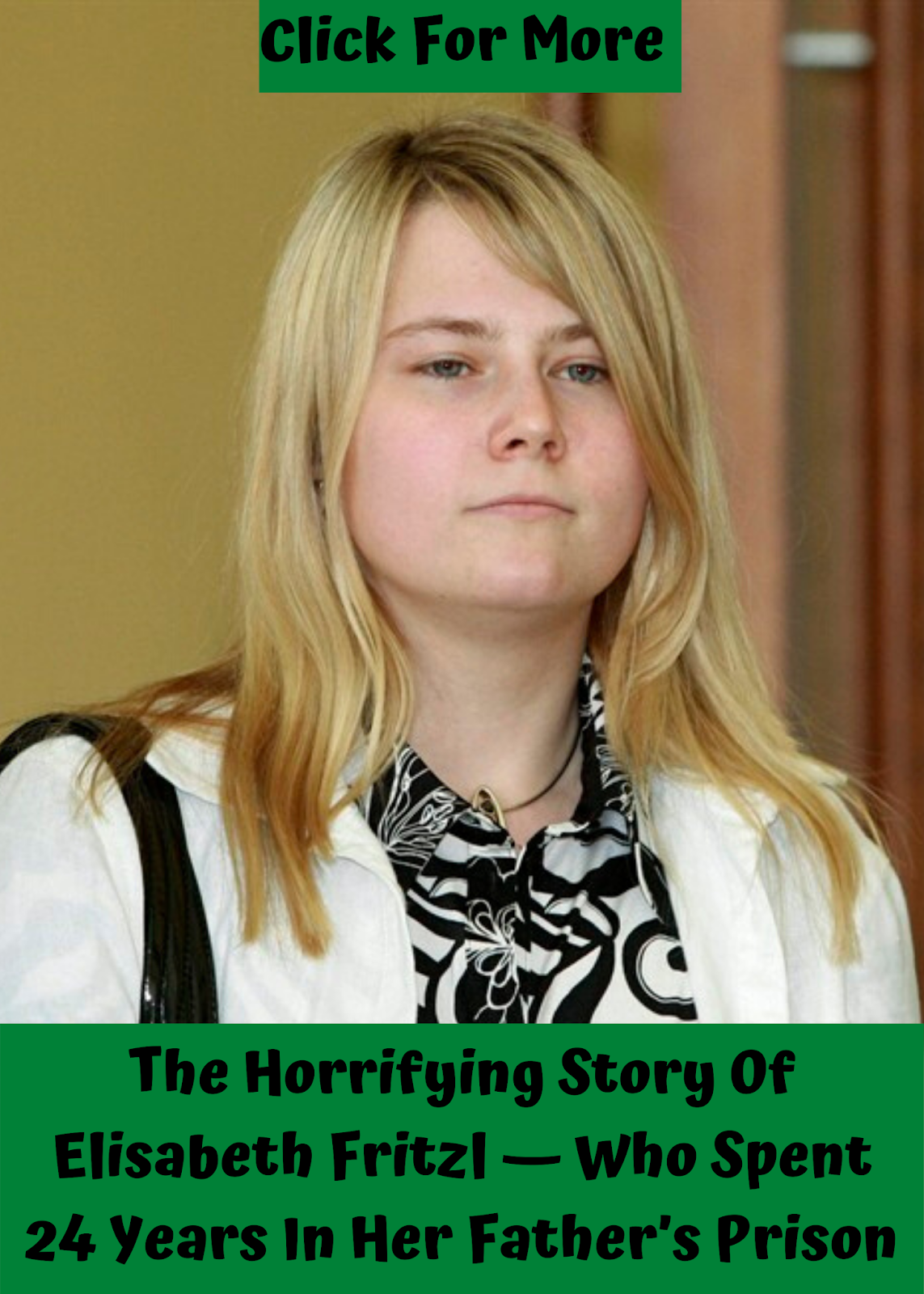Elisabeth Fritzl's story is one that shocks and stirs deep emotions within us. In the realm of true crime and human resilience, her experiences stand out, revealing the darkest aspects of human nature and the incredible strength of the human spirit. This article delves into the life of Elisabeth Fritzl, the harrowing events she endured, and the aftermath that continues to resonate today. By understanding her story, we can shed light on issues of abuse, mental health, and the importance of support systems for survivors.
Born on April 18, 1966, in Amstetten, Austria, Elisabeth was raised in a seemingly ordinary family. However, the reality of her life took a horrific turn when she became a victim of her father's heinous crimes. The 24 years she spent in captivity have left indelible marks on her life, transforming her into a symbol of survival against overwhelming odds. In this article, we will explore key aspects of her life, the circumstances of her abduction, and the ongoing implications of her experiences.
As we navigate through this complex narrative, it’s crucial to approach it with sensitivity and respect for Elisabeth's journey. This article is not just a recounting of events but an exploration of the broader themes of trauma, healing, and the societal responsibilities towards victims of such unimaginable experiences.
Table of Contents
- Biography of Elisabeth Fritzl
- Early Life and Family Background
- The Abduction: A Father's Betrayal
- Life in Captivity: Survival and Struggle
- The Escape: A Glimmer of Hope
- Aftermath: Life After Captivity
- Public Response and Media Coverage
- Conclusion
Biography of Elisabeth Fritzl
Elisabeth Fritzl is known primarily for her harrowing experience of abduction and captivity. Below is a brief overview of her personal data:
| Full Name | Elisabeth Fritzl |
|---|---|
| Date of Birth | April 18, 1966 |
| Place of Birth | Amstetten, Austria |
| Parents | Josef Fritzl, Rosemarie Fritzl |
| Children | Three (Kerstin, Stefan, Felix) born during captivity, one adopted |
Early Life and Family Background
Elisabeth was born into a troubled family. Her father, Josef Fritzl, was known to have authoritarian tendencies, which contributed to a tense household environment. Elisabeth had a relatively normal childhood until she reached her teenage years, where her relationship with her father began to deteriorate.
During her adolescence, Elisabeth was subjected to emotional and psychological abuse, which set the stage for the tragic events that followed. Her father's controlling nature and the family's dysfunctionality played significant roles in her life choices and experiences.
The Abduction: A Father's Betrayal
On August 28, 1984, at the age of 18, Elisabeth was lured into the basement of her father's home in Amstetten. Josef Fritzl had constructed a hidden dungeon, where he imprisoned her for 24 years. This section of the article will outline the circumstances surrounding her abduction, the psychological manipulation employed by her father, and the immediate aftermath of her captivity.
The Manipulation Tactics
Josef Fritzl used various tactics to manipulate and control Elisabeth during her captivity, including:
- Isolation from the outside world
- Creating a false narrative about her freedom
- Threats of violence against her and her family
Life in Captivity: Survival and Struggle
During her time in captivity, Elisabeth experienced unimaginable horrors. She gave birth to three children in the dungeon: Kerstin, Stefan, and Felix. This section discusses the conditions of her confinement, the birth of her children, and the psychological toll of her experiences.
The Births in Captivity
Elisabeth's pregnancies were fraught with danger. She had to deliver her children without medical assistance, relying on her instincts and the limited resources available to her. Despite the trauma, she fought to care for her children, showcasing her resilience and maternal instinct.
The Escape: A Glimmer of Hope
In 2008, a turning point occurred when Kerstin, Elisabeth's eldest daughter, fell seriously ill. Josef was forced to take her to a hospital, where medical staff began to unravel the truth of their situation. This section recounts the events leading to Elisabeth's escape and the eventual discovery of her plight.
Aftermath: Life After Captivity
After her rescue, Elisabeth faced the daunting task of reintegrating into society. This section focuses on her journey of healing, the challenges she faced, and the support systems that played a role in her recovery.
Public Response and Media Coverage
Elisabeth's story garnered international attention, raising awareness about issues of abuse and captivity. The media coverage sparked discussions about victims' rights and the importance of support systems for survivors. This section examines the public's reaction and the ongoing implications of her story.
Conclusion
Elisabeth Fritzl's journey is a testament to the human spirit's resilience in the face of unimaginable adversity. Her story serves as a reminder of the importance of understanding, supporting, and advocating for survivors of abuse. As we reflect on her experiences, let us commit to creating a society that prioritizes the well-being of all individuals, especially those who have endured trauma.
We encourage readers to share their thoughts in the comments section, engage in discussions about this critical issue, and explore other articles on our site that focus on similar themes of resilience and recovery.
Final Thoughts
Thank you for taking the time to read about Elisabeth Fritzl's story. We hope that this article has provided you with valuable insights into her life and the broader issues surrounding abuse and recovery. Please visit us again for more stories that inspire and educate.
MyFlixer: The Ultimate Guide To Streaming Movies And TV Shows
Eric Weinstein Height: Everything You Need To Know
4 Movierulz Kannada 2024: A Comprehensive Guide To Kannada Movies


